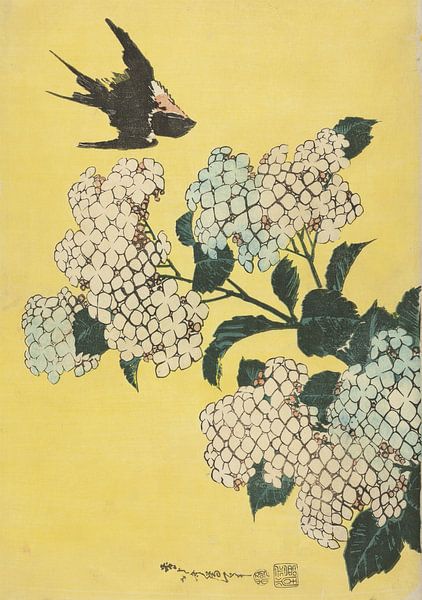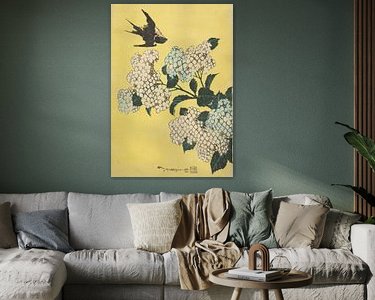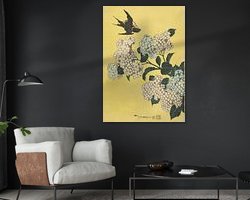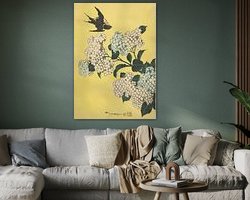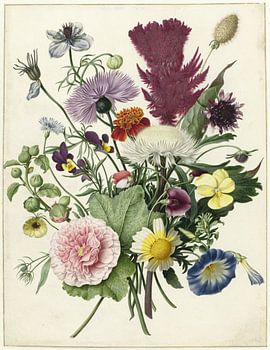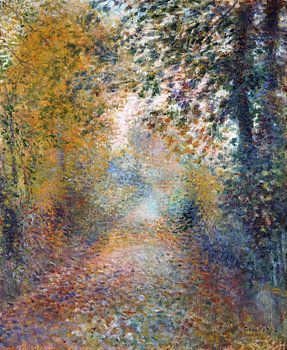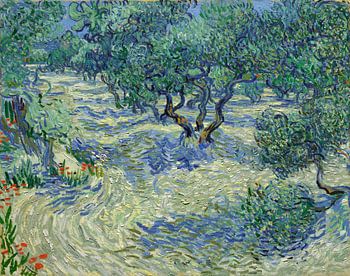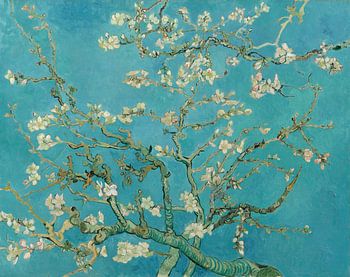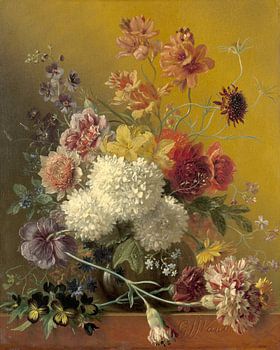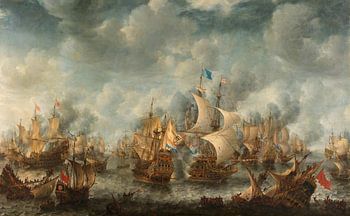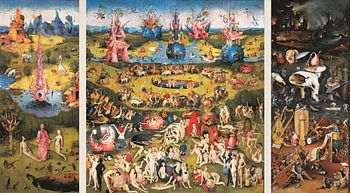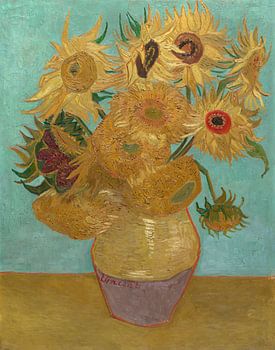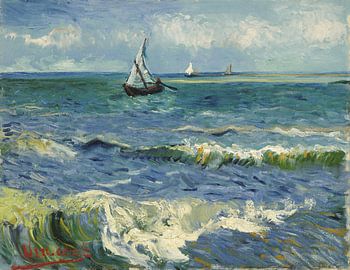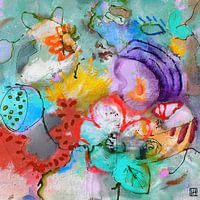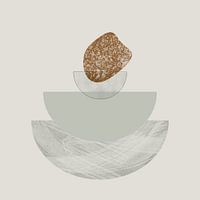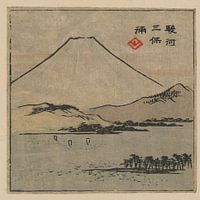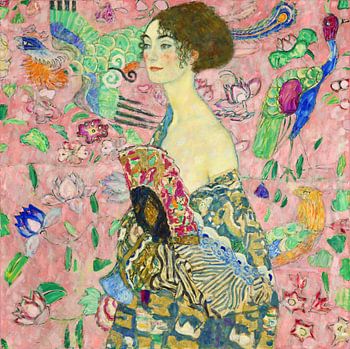
Hydrangea and Swallow, Katsushika Hokusai (1838)
Hydrangea and Swallow, from an untitled series of large flowers
While Hokusai is best known for his landscape prints (the views of Mount Fuji, for example), he also made many representations of local nature. If one cannot call them botanical plates, as the representations are done in a characteristic style, these works show the local flora and fauna.
Here we see some hydrangeas and a swallow. The hydrangea is particularly appreciated by Hokusai. Indeed, this flower, which is a symbol of gratitude (or apology), changes color depending on the acidity of the soil in which it is planted. It can for example become indigo blue, a color particularly dear to Hokusai.
The swallow, called "tsubame" in Japanese, is a symbol of the land of the rising sun. Barely colored orange at the throat, this bird spends the winter in the south, in countries like the Philippines, Vietnam or Malaysia and migrates to Japan in April to nest. It is at this period that the hydrangea blooms, explaining the show depicted by Hokusai in this print.
